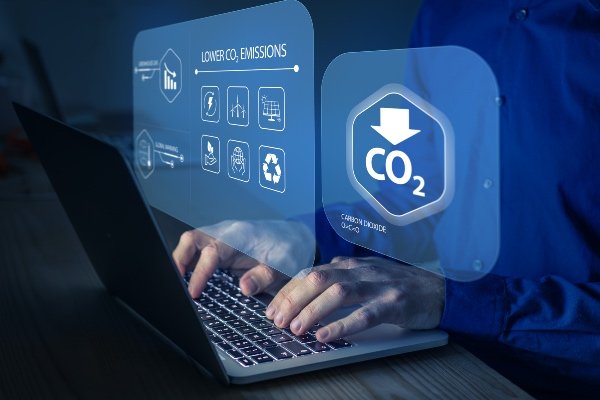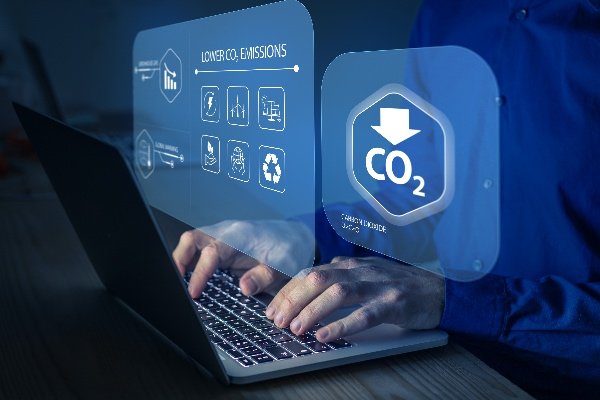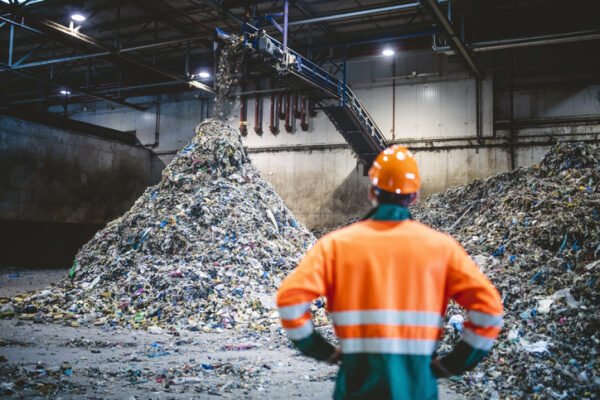Choosing sustainable devices
After five years, 23 research papers and measuring the electricity use and supply chain impact of several million computers, I have conceived and developed an application platform called Px3.
The solution drives sustainable IT adoption in organisations operating in the commercial, public and third sectors by focusing on ease of use, accuracy and proven reasons to take action.
The online platform has three functions: the first application is free to access by anyone, and enables organisations to estimate the carbon footprint of their end-user computing environment at a device-type level.
The idea is to make people aware of the high-level impact and then to consider taking action.
The second application takes this concept deeper. It enables companies to generate end-user carbon footprints based on exact device models, where in the world they are used and for how many years.
The application also calculates electricity consumption and associated costs.
Using all this data, organisations can model sustainable IT strategies such as device lifespan extension that will displace procurement cycles and the selection of low carbon footprint devices for future purchases.
On this note, the third application allows IT and procurement teams to stack rank and compare end-user computing devices by carbon footprint before purchase.
That might sound simple, but when I started the research in 2018 I soon discovered that the global standard for measuring computer electricity consumption didn’t actually include periods when humans use computers!
It also soon became apparent that all brands use different methods to generate GHG emission data.
Fortunately my research developed new ways to calculate electricity consumption based on real-world use and to deconstruct and reconstruct manufacturers’ product carbon footprint reports.
The results mean that companies can now make their device selection on a level playing field and know that the carbon footprint data is relevant to where they will use the computer and how long they will keep it.
Government computing emissions
During the research process that produced the apps, I was fortunate enough to work with the UK government – and specifically the Sustainable Technology Advice & Reporting (STAR) team that set the national sustainable IT policy.
One of three research papers used the Px3 application platform to calculate the planet and profit impacts of a wholesale transition to Google’s ChromeOS across almost 2 million government computers.
The idea was to achieve reduced electricity consumption, keep devices for longer periods and when required, only select new low carbon footprint devices.
Part of my research had previously discovered that ChromeOS uses less energy than other operating systems and that ChromeOS Flex enables device lifespan extension and also improves energy efficiency.
Google had also recently announced 10-year support for the software, meaning that new devices would avoid operating system obsolescence and therefore could be kept for at least eight years.
The research showed that from 2023 to 2030 the UK government has the opportunity to reduce end-user computing electricity emissions – every year – by just over 1 million kg CO2e, saving £9m in utility costs annually.
More significantly, extending device lifespans and selecting low carbon footprint alternatives in the future will avoid almost 57 million kg CO2e of scope 3 supply chain emissions every year and save just over £68m in annual procurement costs.
The triple bottom line
In total, the difference between the ‘do nothing policy’ and the proposed ‘sustainable IT’ policy for the projected eight-year period was breathtaking and certainly answers the question whether sustainable IT strategies deliver impact.
Cumulatively, 464 million kg CO2e of GHG emissions could be avoided between now and 2030 – that’s equivalent to avoiding the emissions created by 1.7 billion car miles.
In all, even the greatest of climate sceptics would struggle to resist the allure of achieving success in the triple bottom line via sustainable IT.
In fact, during the eight-year period the UK government could save £651,388,610 by reducing utility and procurement costs.
Fortunately the message from all three papers resonated, and the government introduced a number of the proposed practices to the national Greening ICT national policy in late 2022.
Driving climate action
Interest in the Px3 platform continues and so far organisations responsible for over 2 million computer users are using the applications to drive climate action via sustainable IT.
The impact is also gaining external attention from ethical and sustainability bodies; this year the research was nominated for both the P.E.A. Climate Pioneer Award and The Earthshot Prize.
Whether we will win anything remains to be seen, but it’s reassuring to note that people who matter are taking notice.
If you like the sound of reducing your end-user computing carbon footprint by a third without too much effort, why don’t you ask your workplace IT and procurement teams if they use the Px3 applications? And if not, why not?
You never know, if they do decide to take climate action seriously then you may even receive the low carbon footprint device you deserve. But please –don’t replace it too soon…
 Play Video about This Rock Might Just Save The World
Play Video about This Rock Might Just Save The World Play Video about Play 2 hours of rock
Play Video about Play 2 hours of rock Play Video about Play 2 hours of brook
Play Video about Play 2 hours of brook Play Video about Play 2 hours of sheep
Play Video about Play 2 hours of sheep















































